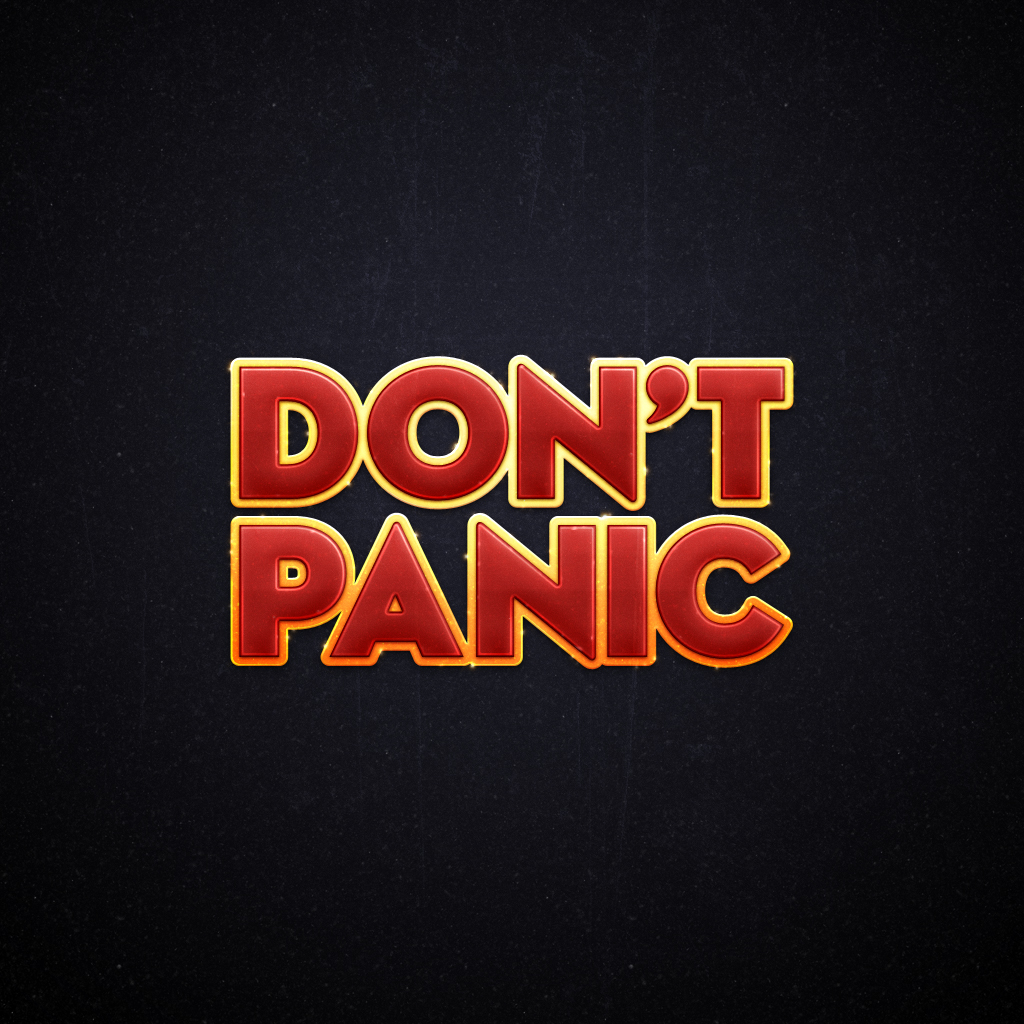The Hitchhiker’s Guide to the Galaxy was originally a radio broadcast that was started in 1978 by Douglas Adams. Later, it adapted to different formats; a ‘trilogy’ made up of five books, a TV series, a comic book series, and lastly, the 2005 film.
Reading the novel version of this utterly unique story held a sense of completion for me. Even though the television series was made before my time, I grew up watching it on VHS with my dad. I have such fond recollections of a blonde-haired Trillian, a Ford Prefect who was somewhere between Tom Baker and Michael Palin, and of course, a Marvin the depressed robot that looked like a whole stack of alfoil-lined boxes piled together. When the movie came out in 2005, I watched it without disappointment. This is why reading the novel, finally, was like completing what I started with my dad nearly 20 years ago.
Douglas Adams, the author of The Hitchhiker’s Guide, has a remarkable sense of humour and a peculiar way with language. My absolute favourite sentence from the book was when Arthur Dent is searching for a cup of tea on the spaceship: ‘He had found a Nutri-Matic machine which had provided him with a plastic cup filled with a liquid that was almost, but not quite, entirely unlike tea’ (Chapter 17). As I once read in an excellent grammar book, it is only once you understand the rules that you can break them, and Adams is a perfect example of this. Given that the plotline of the book is somewhat erratic, the character development is quite important, and Adams achieves realistic individuals with ease. Zaphod Beeblebrox is actually quite smart, and has a few pressing issues he is dealing with. Trillian is, in fact, a mathematician and astrophysicist who couldn’t find a job on earth, but fits in perfectly in space. The awkward love triangle between Arthur, Trillian and Zaphod simmers under the surface of the story line and causes tension points, particularly between the two men. All in all, the book is an excellent example of Adams’ ability to craft and manipulate language to create a completely unique experience for the reader.
The movie, released in 2005, contained very different looking characters to those I remembered from the television series. Fortunately, it had been a good 10 years since I had seen the show, and though the images of the characters were still in my mind, I was able to comfortably watch the new versions. Perhaps the best thing about the film is the knowledge that Adams himself wrote the screenplay for it, before his death in 2001. The difference between an author reimagining his work onto screen, and somebody else turning another author’s work into a film is very obvious when watching the film. Adams’ sense of humour is not lost, and much of the dialogue remains true to the original. Stephen Fry as the narrator was an excellent choice; his excerpts from the Guide take on an extra quirky note when he reads them. Martin Freeman was also a great choice; he manages to pull off the bewildered, lonely, tea-loving Arthur Dent with ease. The animations used to illustrate the excerpts from the Guide are fun and adequately attempt to find some harmony amidst the chaos that is Adams’ work.
To compare the novel with the movie is an interesting task, to show that one is better than the other seems impossible. Each version gives something that the other inherently lacks. The movie is able to show the sweeping scenes of space and planets that one could only imagine before. As it has been said, a picture is worth a thousand words, and in this case it is true. Reading about Earth’s reconstruction is nothing compared to watching the various vistas unfold before Arthur Dent; it is almost like watching a fantastic Attenborough documentary. At the same time, the movie lacks a true representation of character development, in the way that only a movie can. In the novel, every action taken by each character makes sense as you follow their journey, their triumphs and their failures. This is all quite unclear in the movie, particularly with Zaphod Beeblebrox, who comes across as a bumbling idiot who makes random, illogical choices. In actual fact, Beeblebrox is quite smart, and has his own reasons for making each choice that he does.
It really is too hard to say whether one is better than the other. With the knowledge that Adams wrote the screenplay for the movie, we can assume that he manipulated certain elements to make them work on screen. It certainly gives me faith to know that sometimes, a movie can be equally as good as its novel. And always remember: Don't Panic!





No comments:
Post a Comment